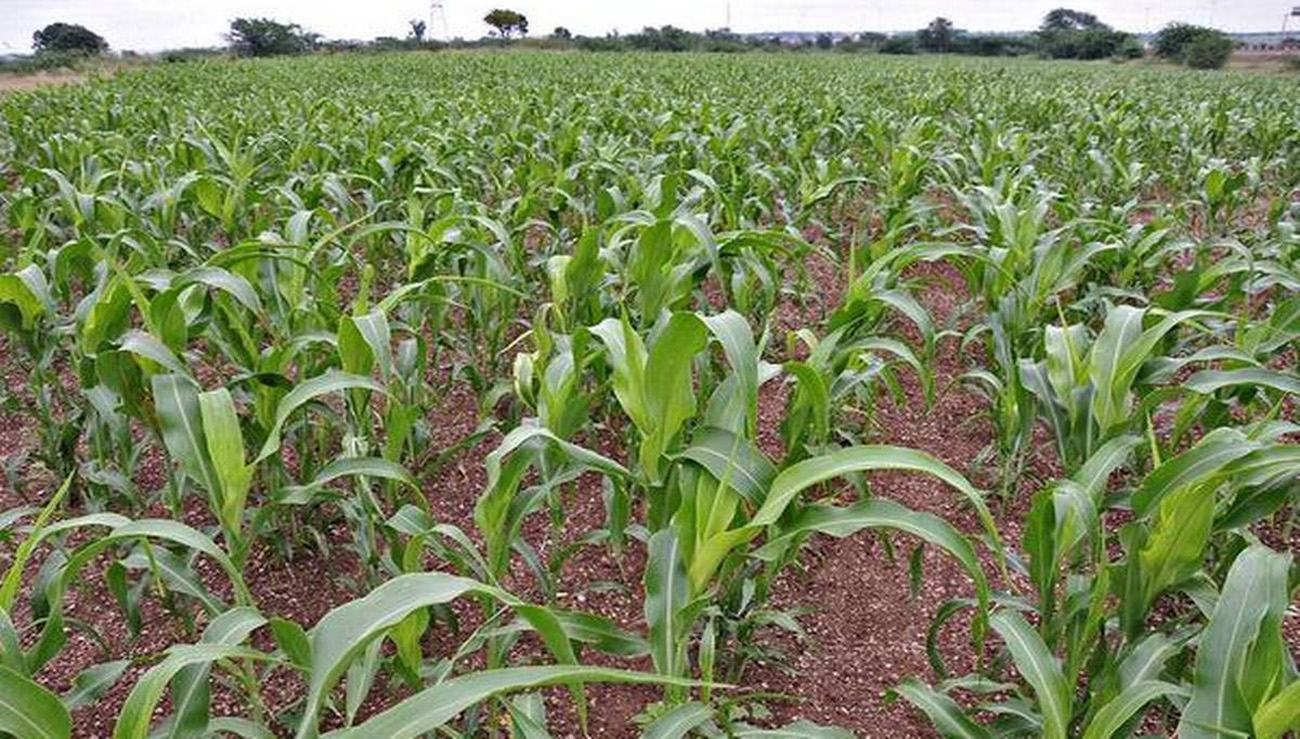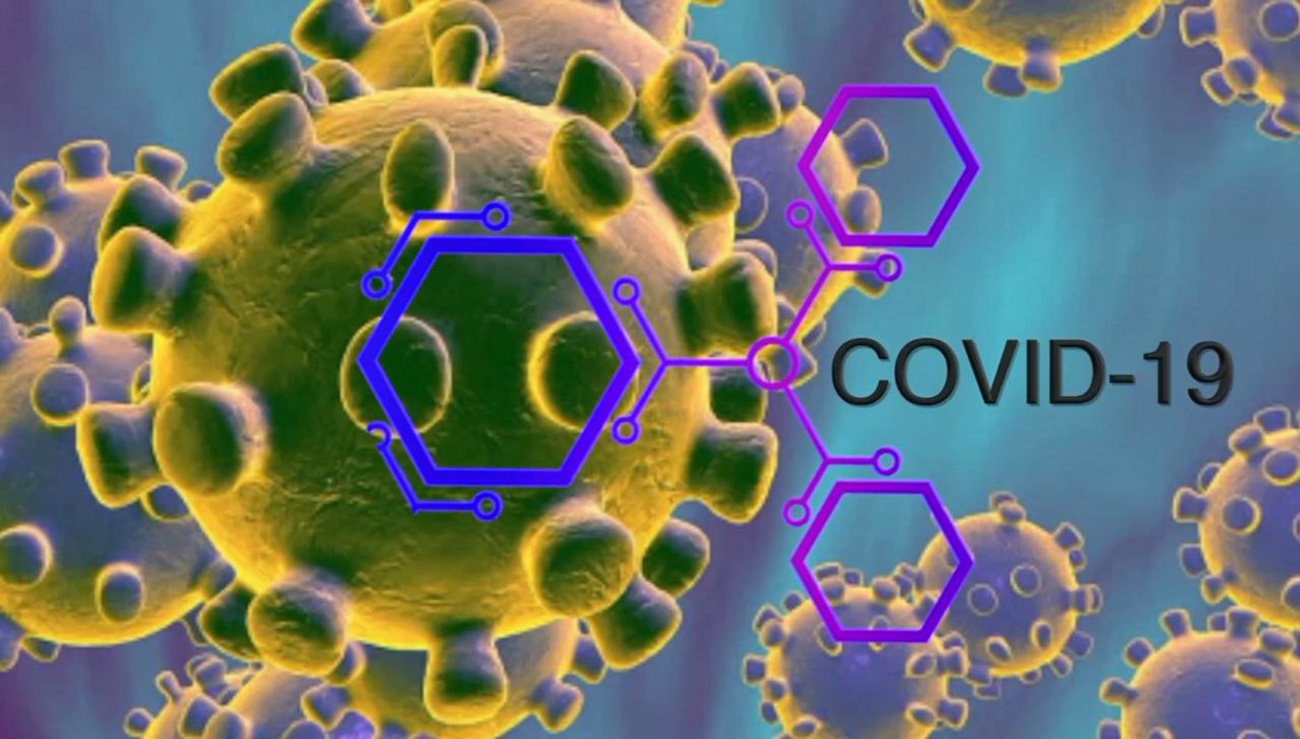
Impact of Sewage on Seed Germination and Growth of Kharif and Rabi Crops
Abstract:
Wastewater is an effective source for irrigation of crop. Sewage generated from a hostel of Thapar University campus, Patiala was used for growing Kharif crops (Lady Finger & Pearl millet) and Rabi crops (Wheat, Fenugreek, Mustard & Cluster bean) for 35 days in plastic cups at laboratory scale. When sewage was applied at 50%, 100% individually, the dilution of 50% supported better growth of crops. Both sewage and soil used showed absence of metal constituents and hence non-possibility of their accumulation in the grown crops. Germination period of crop was observed and it was found different from crop to crop, four days in Lady finger as against eight days in Fenugreek. The biomass was higher in Kharif crops than was in Rabi crops. Composition of soil was estimated and it was found that the nutrients (organic carbon, nitrogen, phosphorus, potassium) had enriched the treated soil besides aiding the growth of crop. The study was found promising suggesting that the sewage could be used as an irrigating medium for crops. However, several growth parameters are to be optimized before sewage is tried for application at commercial scale.
Author(s):
DOI:
Keywords:
References:
Bahri A (1999). Agricultural Reuse of wastewater and global water management. Water Sci Technol. 40: 339–346.
Pandey R and Singh J (2006). Quality Assessment of industrial wastewater for safe irrigation. Indian J Environ Protec. 26: 7–16.
Mani P and Bhaskaran A (2003). Effect of dilution and dynamics of physical factors effluent irrigation. Ecotoxicol Environ Mon. 12: 255–261.
Reddy PG and Borse RD (2001). Effect of pulp and paper mill effluent on seed germination and seedling growth of Trigonella foenum var. Graccum L. (methi). J Industr Poll Contr. 17: 165–169.
Hussein AHA (2009). Impact of sewage sludge as organic matter on some soil properties, growth yield and nutrient contents of cucumber crop. J App Sci. 9: 1401– 1411.
Singh RP and Agrawal M (2010). Effect of different sewage sludge application on growth and yield of Vigna radiata L. field crop: Metal uptake by plant. Ecol Engg 36: 969–972.
Gu C, Bai Y, Tao T, Chen G and Shan Y (2013). Effect of sewage sludge amendment on heavy metal uptake and yield of ryegrass seedling in a Mudflat soil. J Environ Qual. 42: 421–428.
APHA, AWWA WEF (2005). Standard methods for the examination of water and wastewater. American Public Health Association, American Water Works Association and Water Environment Federation, Washington, DC, 21st ed. 7–15.
Rajor A (2006). Experimental methods for General and Environmental Chemistry. – 1st ed. Standard Publishers Distributors, New Delhi.
Hanway J J and Hiedal H (1952). Soil Analysis Methods as used in Iowa State College. –Agricultural Bulletin of the Soil Testing Laboratory, Iowa State College, Iowa, 13.
Gupta I C (1999). Evaluation of Quality of Irrigation Waters and Industrial Effluents Discharged on Land for Irrigation. J Indian Water Works Assoc.
Sadasivan S and Manickam A (1996). Biochemical methods. – 2nd Ed. New Age International Publishers, India.
Nashikkar VJ (1994). Effect of domestic waste water with various BOD levels on the germination and early seedling growth of some crops. Environ Ecol. 12: 507–509.
Saeed-ur-Rehman K, Wahid A, Tareen RB, Kakar SA, Tariq M and Kayani SA (2010). Impact of municipal waste water of Quelta city on biomass physiology and yield of canola (Brassica Napus). – Pakistan J Botany. 42: 317–328.
Divya L, George J, Midhun G, Magesh SB and Suriyanarayanan S (2015). Impacts of treated sewage effluent on seed germination and vigour index of monocots and dicot seeds. Russian Agric Sci. 41(4): 252–257.
Akkjait P and Nuamkongman W (2016). Seed germination and growth parameters of Zeamayse L. influence by municipal solid waste incineration fly ash and sewage sludge-amended soil. App Environ Res. 38(1): 43–53.
Pandey PP and Tripathi AK (2011). Effect of heavy metals on morphological and biochemical characteristics of Albizia procera (Roxb.) Benth. seedlings. Intern J Environ Sci. 1: 1009–1018.
Saxena RM (1986). Impact of tannery effluent on some pulse crop. Intern J Environ Health. 28: 345–348.
Levy GJ, Rosenthal A, Shainberg I, Tarchitzky J and Chen Y (1999). Soil hydraulic conductivity changes caused by irrigation with reclaimed wastewater. J Environ Qual. 28: 1658–1664.
Kumar R (2001). Irrigational impact of industrial effluent on chemical constituents of soil and plant. Adv Plant Sci. 10: 42-45.
Tomer B S and Singh Y 2002. Studies on the impact of distillery waste on seed germination of gram (Cicer arietinum). Pollution Research 13: 113–124.
Uzair M, Ahmed M and Nazim K (2009). Effect of industrial waste on seed bank and growth of wild plants in Dhabeji area Karachi. Pakistan J Botany. 41: 1658–1685.
Manisha P, Angoorbala B, Rameshwar M, Tasneem R and Rai BA (2015). Impact of different dilution of sewage water on seed germination characteristics and carbohydrate content on Vigna unguiculata. J Agric Innov Res. 4(2): 328–331.
Pradhan S K, Sarkar S H, Prakash S 2001. Effect of sewage water on the growth and yield parameters of wheat and blackgram with different fertilizer levels. J Environ Biol. 22: 133–137.
Heidari M and Sarani S (2011). Effect of lead and cadmium on seed germination, seedling growth and antioxidant enzyme activities of Mustard (Sinapis arvensis L.). – ARPN J Agric Biol Sci. 6: 44–47.
Menon P and Palathingal TJ (2014). Effect of sewage irrigation on the morphology and physiology of Amaranthus tricolour WILLD. J Environ Res Dev. 9(1): 83–93.
Thangavel P and Balagurunathan R (2002). Effect of tannery effluent on germination and growth of certain crop plants, Deptt. Env. Sci, Tamil Nadu Agri. Univ. Coimbatore. Bulletin of Pure and Applied Science 210: 21–25.
Malla R, Tanaka Y, Mori K and Totawat KL (2007). Effect of short-term sewage irrigation on chemical build up in soil and vegetables. The Agric Engg Intern: CIGR J Manuscript. 9: 1–11.
Zaki SS and Shaaban MM (2015). Impact of treated sewage water irrigation on some growth parameters, yield and chemical composition of sunflower, Helianthus annuus L. plants. Intern J ChemTech Res. 8(9): 114–122.
Aydin M O, Sener T, Sermenli A, Ozkan S, Aslan N, Agca K, Dogan M, Tiryakioglu K M and Kilic S (2000). Use of composted municipal solid wastes to improve soil properties and increase crop yield. In Proceedings of International Symposium on Desertification, 13-17 June, Kenya. 329–332.
Areak SC, Turkmen A and Erdogan E (2006). A study on potential agriculture use of sewage sludge on Ankara wastewater treatment plant. In Proceedings of International Symposium on Desertification, 13-17 June, Kenya. 339–344.
Zhao HW, Sheng XL and Malhi S (2008). Effect of fertilization and other agronomic measures on nutritional quality of crops. J Sci Food Agric. 88: 7–23.
Waly TM, AbdElnaim EM, Omran MSE and Nashar BMB (1987). Effect of sewage water on chemical properties and heavy metal content of E1 global E1asfar sandy soil. Biol Wastes. 22: 41–46.
Ramirez FE, Constantino CE, Escamilla S and Dendooven L (2002). Characteristics and carbon-nitrogen dynamics in soil irrigated with waste water for different lengths of time. Biores Technol. 85: 179–187.
Bansal OP (1998). Heavy metal pollution of soils and plants due to sewage irrigation. Indian J Environ Health. 40: 51–57.
Meli S, Porto M, Belligno A, Bufo SA, Mazzatura A and Scopa A (2002). Influence of irrigation with lagooned urban wastewater on chemical and microbiological soil parameters in a citrus orchard under Mediterranean condition. Sci Total Environ. 285: 69–77.
Gregory A (2000). Strategic direction of water recycling in Sydney. In Proceedings of the First Symposium Water Recycling, Australia, Adelaide. 19-20 October. 35–41.
Pietz RK (1982). Effect of sewage on corn yields and nitrogen, phosphorous, potassium, organic carbon and iron composition of soil. Environmental Quality 11: 6685–6689.




